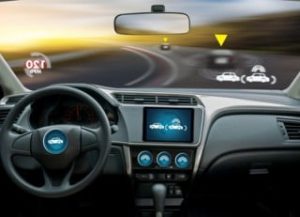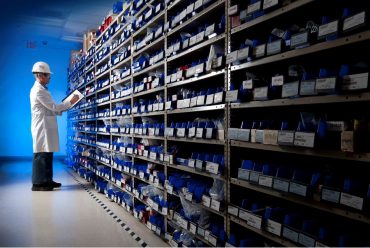
Weak economic conditions and technical challenges make the short-term prospects for higher functioning self-driving cars unrealistic. Longer term, the marker looks better.
Earlier this year, AI analyst Emerj pointed out that despite the bullish public pronouncements of the auto industry CEOs, it is “still a long way off before self-driving vehicles become available to people at any legitimate scale.”Of course, even that cautious analysis predates the incredible changes that almost every individual and family on the planet is facing right now in the reality of COVID-19. Yet, whilst we shouldn’t underestimate the scale of the long-term disruption COVID will cause, I think the opportunity for self-driving cars remains extremely exciting even if the short-term prospects look difficult.
See also: A New Wrinkle in Autonomous (and Manned) Vehicles
The self-driving opportunity
If pre-COVID industry sales projections for established classes of vehicles are for the birds, making any kind of demand forecast for a completely new vehicle concept is essentially impossible. However, it is helpful to highlight some trends.
- Oil prices have dropped substantially, making it a longer time horizon argument for electric vehicles to yield a total cost of ownership benefit over traditional vehicles. Whilst self-driving cars don’t have to be hybrid or electric, the standard 12V power architecture of fossil fuel vehicles is already struggling with the circa 2kW demanded by today’s features, let alone the estimated 2-4kW required by the additional on-board sensors, actuators, and computers needed. The 400V plus power architectures of plug-in hybrids and EV’s are much more able to cope.
- We are entering into a recession. This will not only affect the appetite of individuals and businesses to replace their vehicles but also create an incredible surge in unemployment, reducing the cost of labor and hence the return on automation technologies. It is unlikely that this situation will recover very quickly.
- People are noticing the benefits of lower pollution levels. For example, they can see the Himalayas from India for the first time in ages. I think people and governments will be tremendously encouraged by this change and continue to push incentives for people to switch away from fossil fuel-driven engines.
- 2020 will see a substantial fall in the death rate from road accidents. Worldwide, 1.25 million people die in road accidents every year, and it is the leading cause of death for people between 15 and 29 years old. This should enhance the safety case that advanced driver-assistance systems (ADAS) deliver.
The environmental and safety arguments convince me that the long-term prospect for self-driving vehicles remains extremely exciting, and I think the financial case will improve when the economy recovers. In the meantime, the weak economy, which damages the ROI, makes the immediate opportunity extremely challenging. Overlay the technical challenges in the post-COVID economic context, and it is very apparent that widespread deployment of vehicles able to drive in all conditions without a driver being present is unrealistic anytime soon. Some companies will certainly go bankrupt.
Despite the recent closing of the doors at Starsky Robotics and the weak labor market, I think the near-term focus and opportunity for self-driving vehicles will be in the trucking business. There is a much clearer return on investment argument when hauling valuable freight safely and quickly (with less need for drivers to rest) than for the consumer. The focus of development for these has been around level 4, where the vehicle would be in complete control for specific segments of a journey. The use cases envisaged include trucks that operate only on a limited area of private land, or that can drive themselves in some contexts like good weather on the highway, leaving the driver to rest and then take over in demanding environments like a town. For private automobiles, I suspect that several of those more grandiose programs, especially at the traditional suppliers, will be delayed as they focus on level 2 functionality that can be sold more profitably in the near term. Level 3, sometimes referred to as conditional automation, is a challenging middle ground, which I believe will be largely ignored. Many people claiming level 3 really have simply added some functions deemed to be level 3 to what is really a level 2 system. Transitioning back to human control from the machine drive is extremely challenging to achieve safely. In April, Audi announced they were abandoning their level 3 plans for the A8, focusing instead on level 2.
In summary, I think the automotive industry is going to have a challenging time post-COVID-19, particularly with higher-level autonomous vehicles. The long prognosis is good, though. We WILL be enjoying safe journeys in vehicles that drive themselves inside a bounded set of conditions. In the meantime, a more gradual evolution of this exceptionally safety-critical development is likely no bad thing and will allow the opportunity for companies to work through the significant challenges in creating the software platform. The activities I see underway in the industry show that it is on a journey to make dramatic changes to the cost, footprint, and power consumption of these highly complex platforms to ensure they are fit for purpose: solid, stable, and reliable for widespread use on the roads.





























